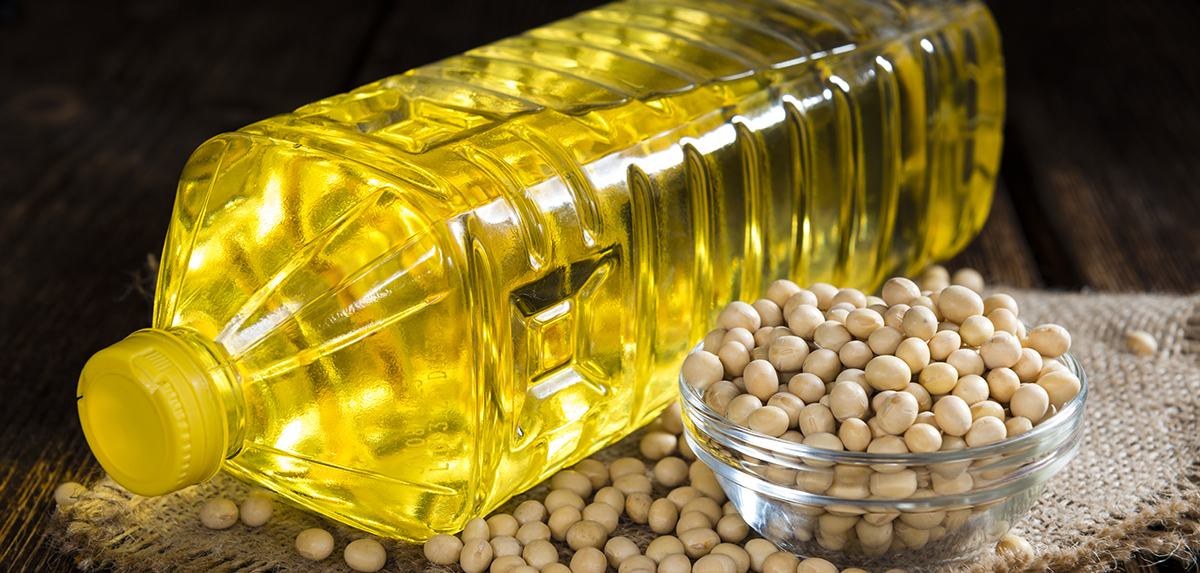
In the oilseed industry, processors strive for consistency in oilseed moisture content to maintain efficient operation and promote high-quality product formation to maximize their profits. Many processors, however, rely solely on mechanical friction inside the extruder to generate heat and dry the product to appropriate levels. Under ideal conditions, the frictional heat removes excess moisture and increases the seed’s oil temperature, lowering the viscosity for better oil flow.
Unfortunately, all extruders have limitations in the amount of moisture these machines can remove. Too often, processors don’t account for variations in the moisture content of the raw seed material, and operators are unable to achieve the 5% maximum moisture content required when entering the downstream screw press. The wetter the material entering the extruder, the more heat (and energy) is needed to reduce the moisture content to 5% or less. And because of the high moisture content, the less heat can be generated inside the extruder. It’s a negatively reinforcing cycle affecting the quality and consistency of the product.
Let’s look at one specific example involving soybean processors. The high moisture limit for soybeans is 11% for the Anderson Dox™ Extruder to generate enough heat to evaporate enough water to dry the soybeans to 5% before going to the press. The goal for processors is to remove the ideal amount of moisture in the extruder since it’s more cost-effective than installing an upstream dryer. So the key to consistent, high-quality soybean processing is moisture control before the extruder. Processors need a 10-11% moisture content to maximize efficiency. Any higher and the extruder will not generate enough heat, resulting in too much moisture in the material going to the press. Insufficient heat also means harmful enzymes will not be deactivated, and proteins are not cooked enough for efficient pressing. On the opposite side, processors can over-dry raw soybeans that come in too dry from the supplier to less than 3% moisture content, and the product can turn to powder during pressing.
For oilseed processors, the most crucial factor when receiving raw oilseed material from suppliers is determining its moisture content. If the moisture fluctuates, for example, between 10-13% within a particular week, processors will need to use a dryer before extrusion to stabilize moisture at 10-11% to maintain consistent operation and product formation. Consistent moisture yields consistent results.
Finding Consistency with Anderson
Often when oilseed manufacturers come to us, they’re struggling to manage moisture content, and that’s understandable when you consider all of the variables affecting biological raw materials. Since oilseeds need water to grow, seed quality and moisture levels can vary immensely depending on the growing season and when and where the seeds are harvested. For most operations, when Anderson engineers identify inconsistencies in the products processed through our Dox Extruders, it’s because of the excess moisture content in the materials coming from suppliers.
Need assistance with your oilseed equipment now?
Do not hesitate to call us at 1(800) 336-4730 or use our contact form.
To address these issues, Anderson often recommends using fluid bed dryers due to their ability to limit residence times, which provides quick and efficient drying. A fluid bed dryer, like the CalorMatic® Heat Processor by our partner, Sweet Manufacturing Company, introduces a high volume of air through a bed of seeds and particles suspended in fluid. This process increases the efficiency of the heat transfer, allowing for more rapid heating and faster moisture extraction. The efficient heat transfer also effectively aids in the destruction of anti-nutritional factors while minimizing degradation of protein solubility, a primary goal for most soybean oil millers.
With the high variation in moisture content for fresh soybeans, you can see why processors incorporate fluid bed dryers to reduce moisture to the 10%-11% level before entering the extruder. These dryers bring consistency manufacturers need to process oilseeds efficiently and ensure the quality of their end products.
Investing in additional machinery is always a tough call, particularly for smaller manufacturers operating on thin margins. In this case, the use of a fluid bed dryer is a net positive. It streamlines the entire processing operation, allowing greater volumes of oil to be produced per processing cycle. It also reduces wear and tear on downstream equipment, reduces energy costs and wasted heat, and ultimately produces a superior product.
If you suspect inconsistencies in your oilseed moisture content is negatively impacting operations and product quality, give us a call at 1(800) 336-4730 or use our contact form.